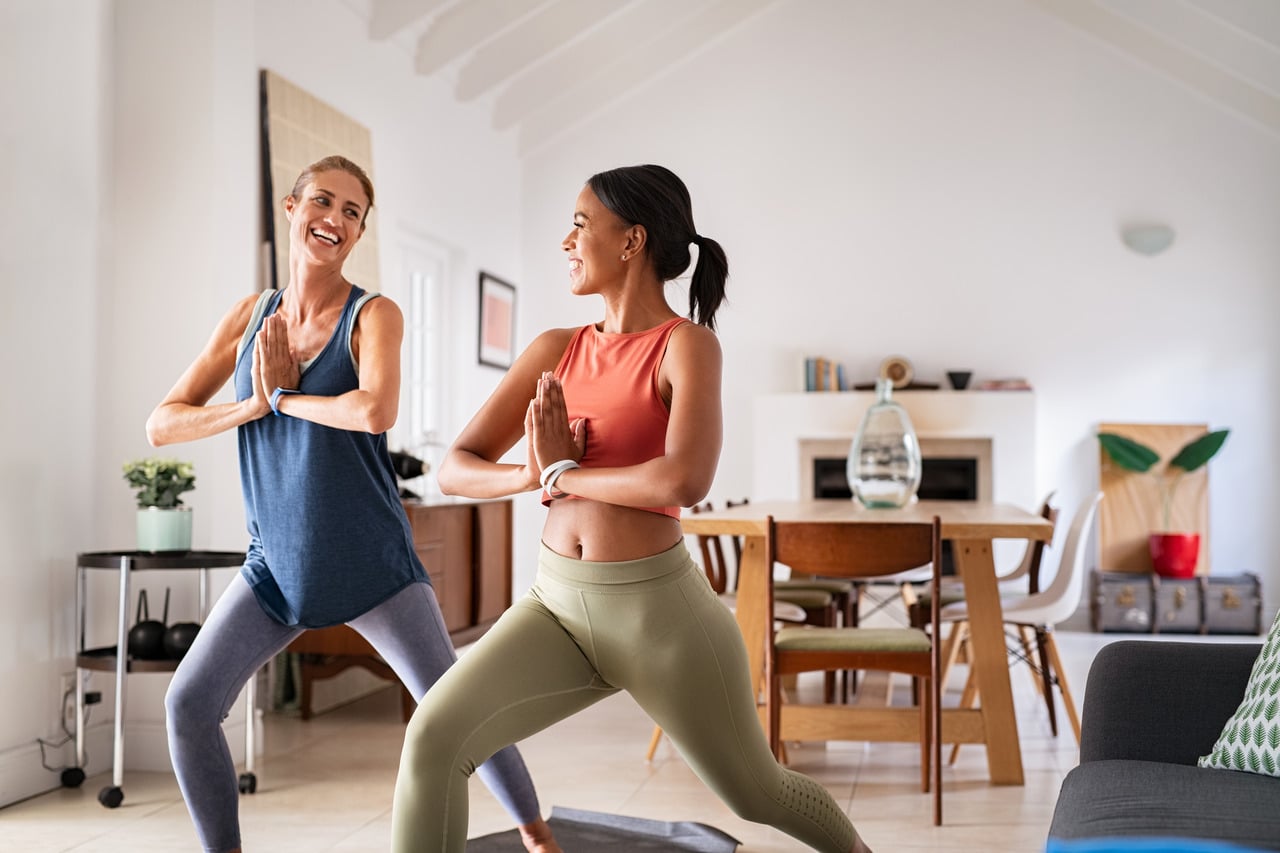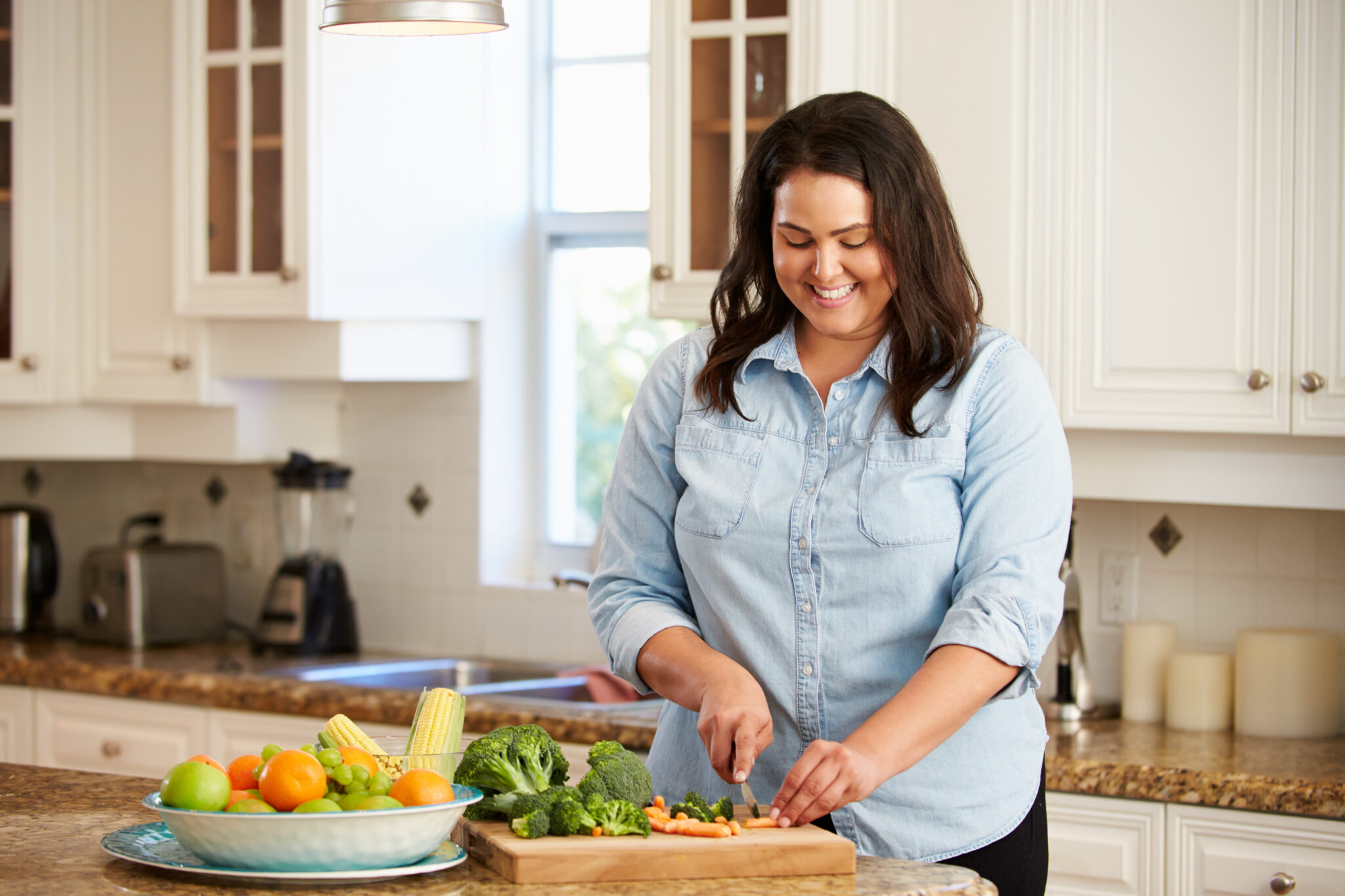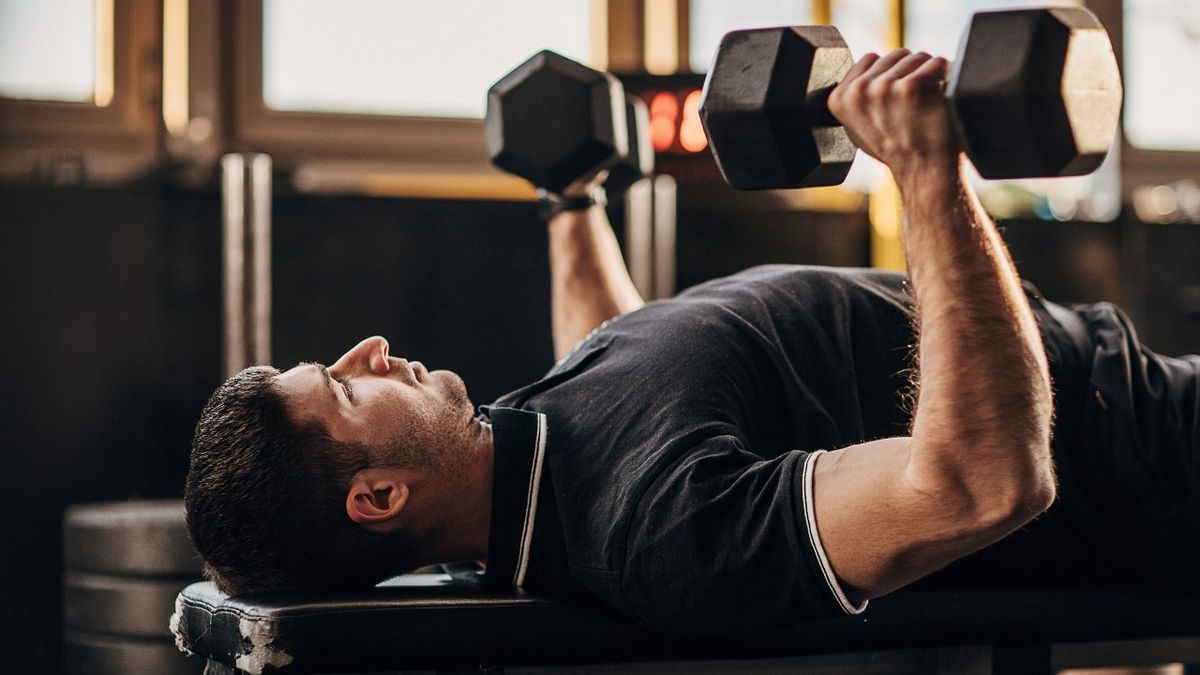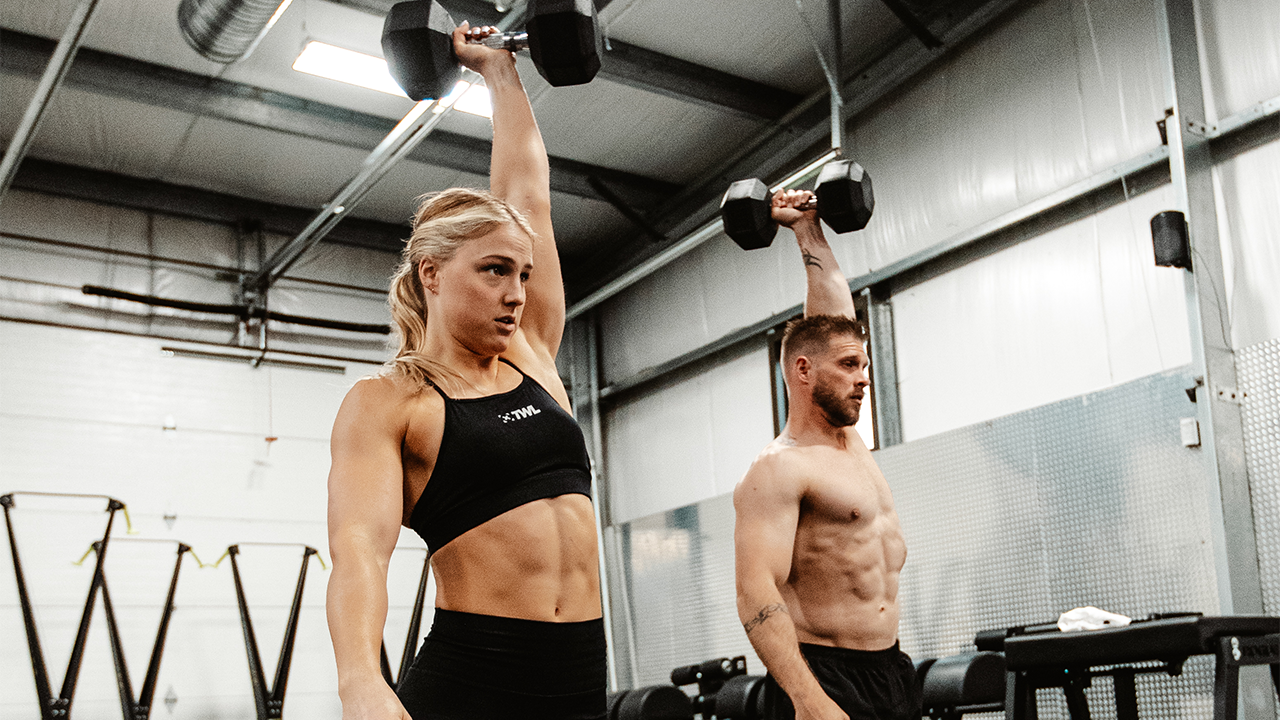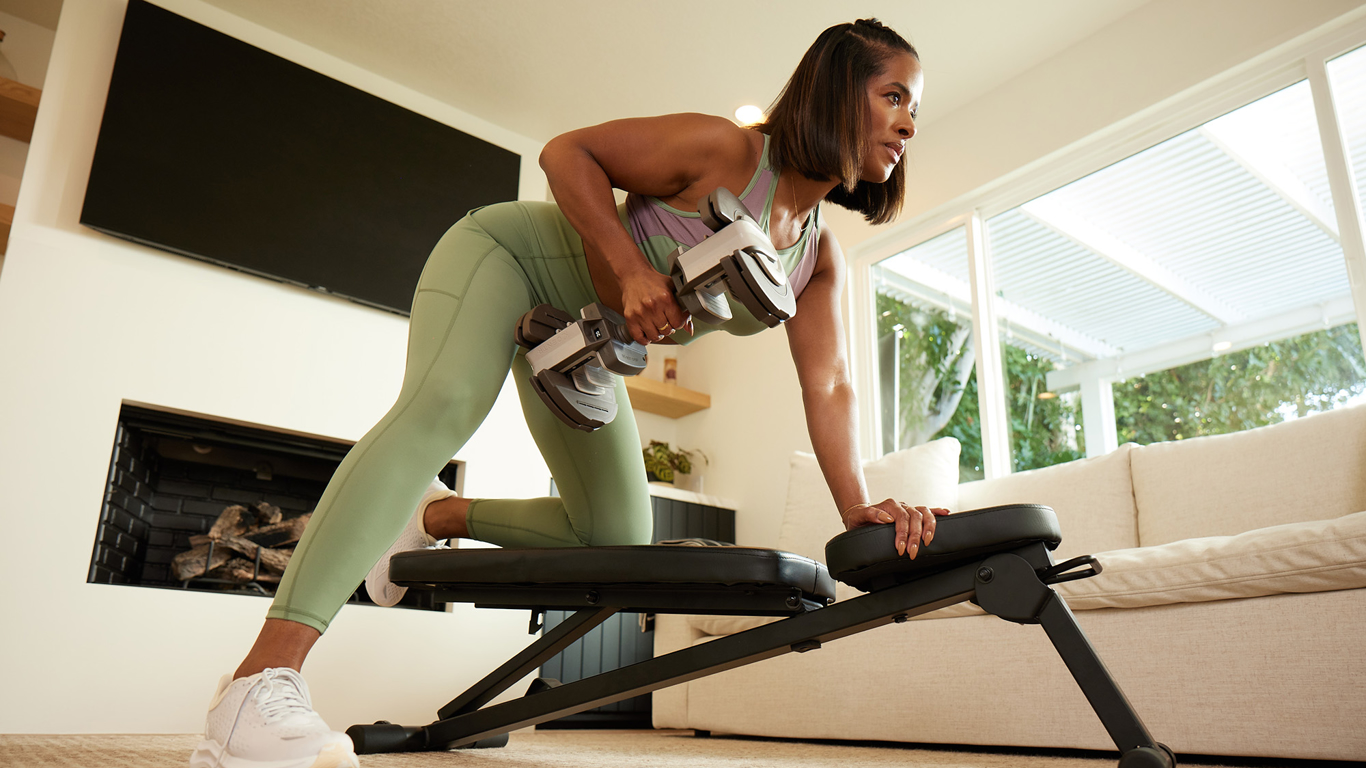Mobility exercises are crucial for everyone, whether you’re a beginner or an advanced athlete. Incorporating these movements into your routine can enhance your flexibility, increase your range of motion, and help prevent injuries. As you age or become more active, maintaining mobility becomes even more important for your overall health.
By focusing on essential exercises, you can build a solid foundation for better physical performance. These movements help your joints stay healthy and support your daily activities, making it easier to move with ease.
1) Cat-Cow Stretch
The Cat-Cow Stretch is a popular exercise for improving spinal mobility. It helps to stretch and strengthen your back, making it beneficial for postures and relieving tension.
To perform this stretch, start on your hands and knees. Your wrists should be aligned with your shoulders, and your knees should be under your hips. This is your starting position.
Inhale deeply. As you breathe in, arch your back, lift your chest, and tilt your tailbone up. This is the “Cow” position.
Now, exhale slowly. Tuck your chin to your chest and round your spine. Push your palms into the ground as you drop your tailbone. This is the “Cat” position.
Repeat these movements, flowing between Cat and Cow. Coordinate your breath with each movement. Aim for 5-10 repetitions.
This stretch is simple yet effective for warming up your back and improving your overall mobility. You can do it daily to help ease back pain and increase flexibility.
2) World’s Greatest Stretch
The World’s Greatest Stretch is a valuable exercise that targets multiple muscle groups. This stretch can improve your flexibility and prepare your body for movement.
Begin standing with your feet hip-width apart. Bend forward to place your hands on the ground. Walk your hands forward until you are in a high plank position.
Once in the plank, step your right foot to the side of your right hand. Press your left hand into the floor and lift your right hand overhead. This twist helps to open your hips and stretch your spine.
Return to a plank and repeat the movement on the left side. Continue alternating sides for about 30 seconds.
Incorporating this stretch into your routine can enhance mobility and reduce stiffness. It engages your entire body and can be done anywhere.
3) Thoracic Spine Rotation
Thoracic spine rotation is important for your upper body movement. It helps you twist and turn effectively, which is useful in everyday activities and sports.
Scoliosis can limit this rotation. This can result in stiffness and pain in your back. Targeted exercises can help improve your mobility and reduce discomfort.
One effective exercise involves using a foam roller. You lie on the roller, allowing your spine to extend while you gently turn your body side to side. This movement helps stretch the muscles around your thoracic spine.
You may also try seated rotations. Sit up straight and place your hands on your knees. Slowly twist your upper body to one side, then the other. This can enhance your range of motion.
Incorporating thoracic spine rotation exercises into your routine can support better posture and overall spinal health. Regular practice can lead to noticeable improvements in how you move.
4) Hip Flexor Stretch
Hip flexor stretches help improve flexibility and reduce tightness in the hip area. Regular stretching can also prevent injuries.
To perform a simple hip flexor stretch, start by kneeling on your right knee. Place your left foot in front of you, bending the knee at a 90-degree angle. Gradually push your hips forward. You should feel a stretch in your right hip.
Hold this position for 20 to 30 seconds. Switch sides and repeat. This stretch targets the psoas major and iliacus muscles.
Another good option is the seated butterfly stretch. Sit on the floor with the soles of your feet together. Let your knees fall to the sides. Lean forward gently to deepen the stretch.
These stretches can make a big difference in your mobility. Include them in your routine for better hip health.
5) Deep Squat Hold
The deep squat hold is a valuable exercise for improving flexibility and strength in your lower body. It targets your hips, groin, lower back, calves, and ankles.
To perform this exercise, stand with your feet about hip-width apart. Turn your toes slightly outward. Lower your body into a squat position, keeping your heels flat on the ground.
While in the squat, use your elbows to gently push against your knees. This helps to open up your hips for a deeper stretch. Focus on keeping your chest up throughout the movement.
Aim to hold this position for 30 seconds. As you become more comfortable, try to work up to a minute. It’s essential to maintain control while lowering into and rising from the squat.
This exercise can be included in your warm-up routine or done on rest days. Practicing the deep squat hold regularly will enhance your overall mobility and prepare your body for more intense workouts.
6) Ankle Circles
Ankle circles are a simple yet effective exercise to enhance your ankle mobility. This exercise helps improve flexibility and strength in your ankles, which can prevent injuries.
To perform ankle circles, stand with your feet shoulder-width apart. Place your hands on your hips for support. Lift your right foot off the ground and rotate your ankle clockwise for 10-15 repetitions.
After completing clockwise rotations, switch to counterclockwise circles and do another 10-15 repetitions. Focus on making smooth and controlled movements.
Lower your right foot back to the ground and repeat the same process with your left foot. Aim for 2-3 sets on each foot. This exercise can be done almost anywhere and requires no equipment.
Incorporating ankle circles into your routine can improve your balance and overall ankle health. Regular practice will help keep your joints flexible, supporting better performance in other activities.
7) 90/90 Hip Switch
The 90/90 Hip Switch is an effective exercise for improving hip mobility. It targets both internal and external hip rotation, which is important for many movements in sports and daily life.
To start, sit on the floor with your right leg bent at a 90-degree angle in front of you. Your right foot should be near your left thigh. Extend your left leg behind you at another 90-degree angle.
Keep your arms in front of you for balance. Shift your body weight to the right as you feel a stretch in your hip. Hold this position for about 30 seconds while breathing deeply.
After your hold, switch to the opposite side. Bend your left knee in front and extend your right leg behind. Repeat this process for a few cycles.
You can perform the 90/90 Hip Switch a couple of times weekly. This will help maintain hip health and increase your overall flexibility. It’s a simple yet effective addition to your regular mobility routine.
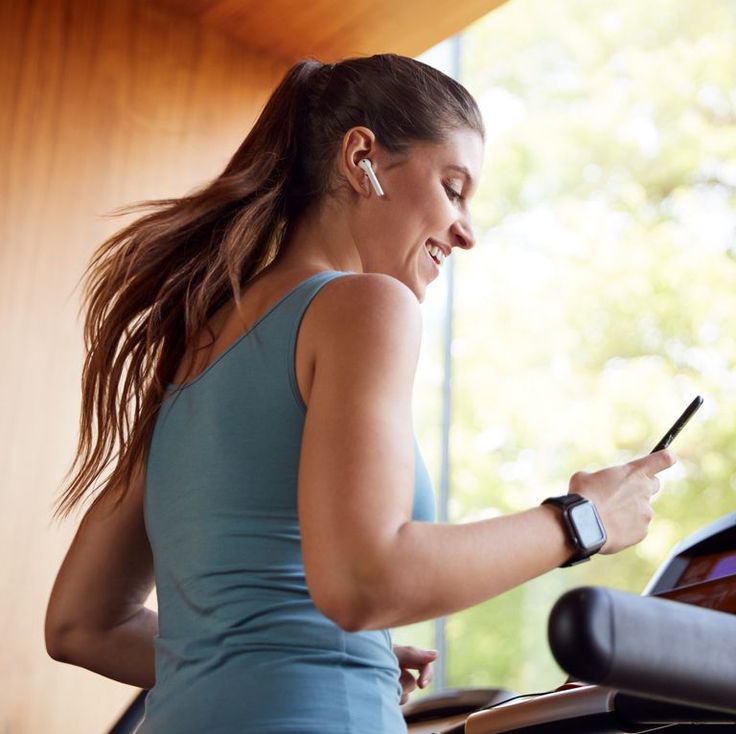
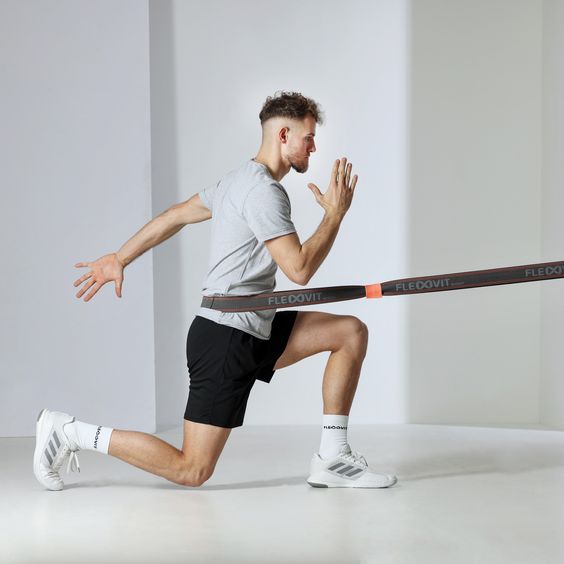
Understanding Mobility and Flexibility
Mobility and flexibility are both key to how well your body moves. They play a vital role in everyday activities, sports, and exercise. By understanding these concepts, you can better appreciate their importance and how they affect your physical health.
The Importance of Mobility
Mobility refers to the ability to move your joints through their full range of motion. It is crucial for performing daily activities without pain. Good mobility helps you avoid injuries and improves performance in sports or workouts.
When you focus on mobility, you strengthen your muscles and joints. This can lead to better coordination and balance. Incorporating mobility exercises into your routine can enhance your quality of life and support overall physical health.
Differences Between Mobility and Flexibility
While these terms are often used together, they are not the same. Flexibility is about how far your muscles can stretch without pain. It focuses mainly on the lengthening of muscles, allowing for greater reach.
Mobility, on the other hand, involves both strength and flexibility. It means that your joints not only need to be flexible but also strong enough to move properly. For example, you can be flexible in your hamstrings but have limited mobility in your hips.
Understanding these differences will help you target your training effectively. By improving both mobility and flexibility, you can enhance your overall movement quality.
Enhancing Performance Through Mobility
Mobility exercises play a crucial role in improving your physical performance. They help you move better, which can enhance strength, speed, and overall effectiveness during workouts and sports activities.
Benefits for Athletes
For athletes, mobility is key to peak performance. Improved mobility allows you to achieve a greater range of motion. This means your movements can be more fluid and powerful.
Here are some specific benefits:
- Improved Technique: Better mobility helps you perform exercises more effectively, leading to better results.
- Increased Speed: Enhanced mobility contributes to quicker movements, improving your reaction time.
- Stronger Connections: It helps link muscle groups, which boosts overall strength.
Engaging in mobility exercises regularly keeps your joints flexible and healthy. This can enhance your performance in training and competition.
Injury Prevention Strategies
Mobility exercises can significantly reduce your risk of injury. Many injuries occur due to tight or imbalanced muscles. By promoting flexibility and strength, mobility work helps balance your body.
Key strategies include:
- Warm-Up: Incorporating mobility exercises into your warm-up routine prepares your body for more strenuous activities.
- Targeting Weak Areas: Focus on areas where you feel tight or limited to prevent compensatory movements that lead to injury.
- Flexibility Maintenance: Regularly practicing mobility exercises encourages joint health and keeps muscles supple.
By adopting these strategies, you create a safer environment for your body to perform at its best.
Frequently Asked Questions
You’ll find answers to common questions about mobility exercises. This section addresses beginner-friendly options, benefits for fitness, and specific exercises you can do at home.
What are some essential mobility exercises suitable for beginners?
For beginners, effective mobility exercises include the Cat-Cow Stretch, the World’s Greatest Stretch, and the Hip Flexor Stretch. These exercises help improve flexibility and joint function without requiring advanced techniques.
How can flexibility and mobility exercises benefit overall fitness?
Flexibility and mobility exercises enhance your range of motion, reduce the risk of injury, and improve performance in physical activities. They help your muscles and joints work better together.
What are the fundamental movement exercises that every beginner should master?
Every beginner should focus on mastering the Deep Squat Hold and Thoracic Spine Rotation. These exercises build a solid foundation for other movements and promote better overall mobility.
Can mobility exercises be effectively done at home, and if so, which ones?
Yes, you can do many mobility exercises at home. The Cat-Cow Stretch and Hip Flexor Stretch require no equipment and can be performed in small spaces, making them ideal for home workouts.
What is the recommended number of mobility exercises to include in a workout routine?
A good goal is to include 3 to 5 mobility exercises in your routine. This helps ensure that you effectively target different areas of the body and promote full-body movement.
Are there specific leg mobility exercises that also serve as a warm-up?
The Hip Flexor Stretch and Deep Squat Hold are excellent leg mobility exercises that work well as warm-ups. They prepare your muscles and joints for more intense activities ahead.
